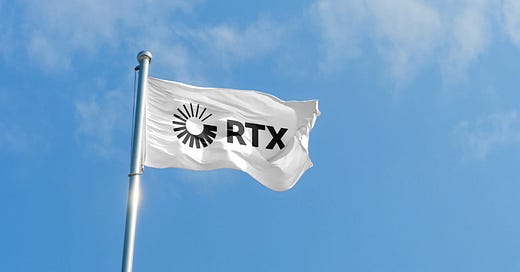RTX: One-Off “Powdered Metal” $3bn Hit Wipes $14bn Off Market Value
Company Update (RTX US) (Buy)
Highlights
RTX has lost 24% ($34bn) of its market value since July 25
The updated plan likely represents the maximum work scope
Total cost of the new plan is $3bn, spread over 2023-25
RTX stock is cheap even if this cost escalates significantly
With shares at $74, we see a 96% return (23.6% p.a.) by 2026. Buy
Introduction
RTX provided an investor update on the “powdered metal” issue before markets opened on Monday (September 11). Shares finished the day down 7.8%, and are down a further 4% on Tuesday as we write this (at 10:45 U.S. EST). RTX shares have now fallen by 24% since the issue was first disclosed on July 25 are back to levels last seen in early 2021:
RTX Share Price (Last 5 Years)
Source: Google Finance (12-Sep-23).
We have had a Buy rating on RTX since May 2020, and had a modest holding in the stock before July 25. We have been adding to our position in recent weeks, with significant additional purchases in the past two days.
RTX has massively expanded the scope of its efforts to fix …




